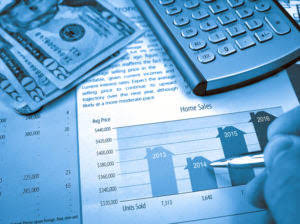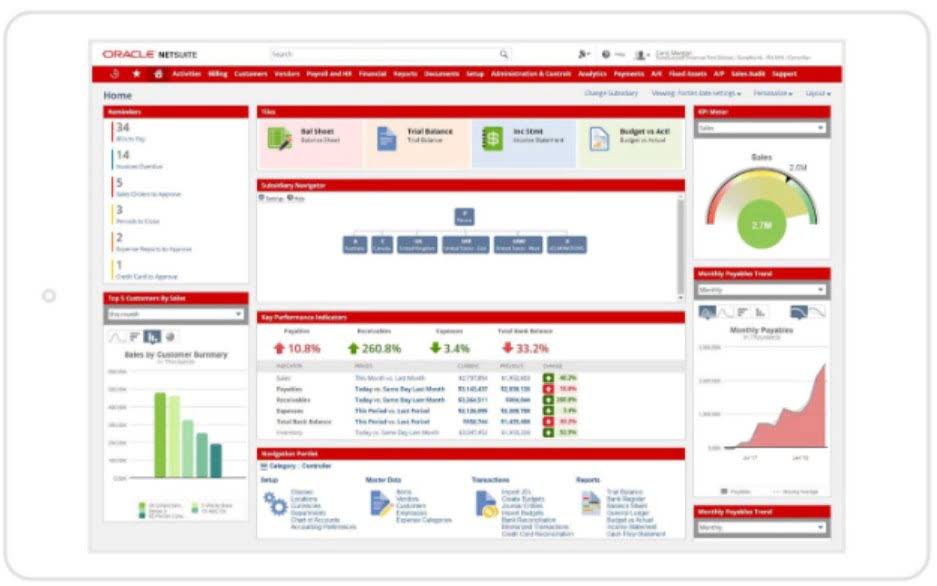For each one it produces, there are costs in the form of ingredients, such as the hamburger, bun, lettuce, gherkin, and other ingredients. In Marxian theory, costs are analyzed within the broader context of labor and capital. The distinction between variable costs (primarily labor) and constant capital (machinery, buildings) is critical to understanding the dynamics of exploitation and capital accumulation. There are many ways that a business can reduce its variable costs. For instance, increasing output using the same amount of material can dramatically cut down costs, provided the quality of goods isn’t impacted. Fixed costs are normally independent of a company’s specific business activities.
Chapter 5: Production Function: Returns to a Factor
This differs from paying an employee’s salary, which is a fixed cost. Direct materials refer to any materials that are used in the production of a unit that makes it into the product itself. For example, wood is a direct material for the chair company, since the final chair is made of it. Wood is considered a variable cost because the price of it can change over time. Understanding your variable costs is essential for small and mid-sized businesses. The higher your variable costs, the lower your profit margin, meaning your business makes less money.
- Alternatively, a company’s variable costs can also be calculated by multiplying the cost per unit by the total number of units produced.
- Fixed costs might include the cost of building a factory, insurance and legal bills.
- By contrast, if it makes 1,000 Big Macs, the variable cost will fall significantly as it benefits from economies of scale.
- For the examples of these variable costs below, consider the manufacturing and distribution processes for an athletic apparel producer.
- But if your total variable costs are rising, you are producing more units—hopefully at a net profit.
Variable costs over time
Long-term implementation may require renegotiation of contracts, outsourcing, or major facility changes. Variable cost and average variable cost may not always be equal due to price increases or discounts. Consider the variable cost of a project that has variable costs economics definition been worked on for years.
What are the differences between short run and long run costs?
Variable costs are commonly designated as the cost of goods sold (COGS), whereas fixed costs are not usually (but can be) included in COGS. Fluctuations in sales and production levels can affect variable costs if factors such as sales commissions are included in per-unit production costs. Meanwhile, fixed costs must still be paid even if https://ambassador.hhph.org/cost-allocation-of-an-intangible-asset-is-referred-4/ production slows significantly. A company that seeks to increase its profit by decreasing variable costs may need to cut down on fluctuating costs for raw materials, direct labor, and advertising.
- In calculating the ratio, fixed costs, which are the expenses that remain constant regardless of variations in production levels, are excluded.
- Even though the amount it costs to produce a single unit of your product is fixed, the overall cost is variable, since the total amount will change depending on how many units you’re producing.
- Because variable costs scale alongside, every unit of output will theoretically have the same amount of variable costs.
- Moreover, a clear understanding of variable costs helps businesses make informed decisions about scaling production, launching new products, or adjusting prices.
- Some cost accounting practices such as activity-based costing will allocate fixed costs to business activities for profitability measures.
- The total cost of shipping finished products varies depending on the number of units shipped.
In the News Teaching Activity – can curbing immigration boost the UK’s growth rate? (May
Semi-variable costs are composed of fixed and variable components, which means they are fixed for a certain production level. Some of the most common examples of semi-variable costs include those for repairs and electricity. Also referred to as fixed expenses, they are QuickBooks Accountant usually established by contract agreements or schedules. Once established, fixed costs do not change over the life of an agreement or cost schedule. A factory producing widgets incurs $5 in materials and $2 in direct labor per unit—both are variable costs that scale with output.
- The following table summarises the main points of difference between accounting profit and economic profit.
- Because the short run marginal cost curve is sloped like this, mathematically the average cost curve will be U shaped.
- Variable costs are commonly designated as COGS, whereas fixed costs are not usually included in COGS.
- Examples of fixed costs are rent, employee salaries, insurance, and office supplies.
- Another important idea in economic analysis is marginal cost, or the extra cost of producing an additional unit.
- As output increases the firm needs to use more raw materials and employ more workers.
- When they shut down their production machines, there is no utility consumed.





